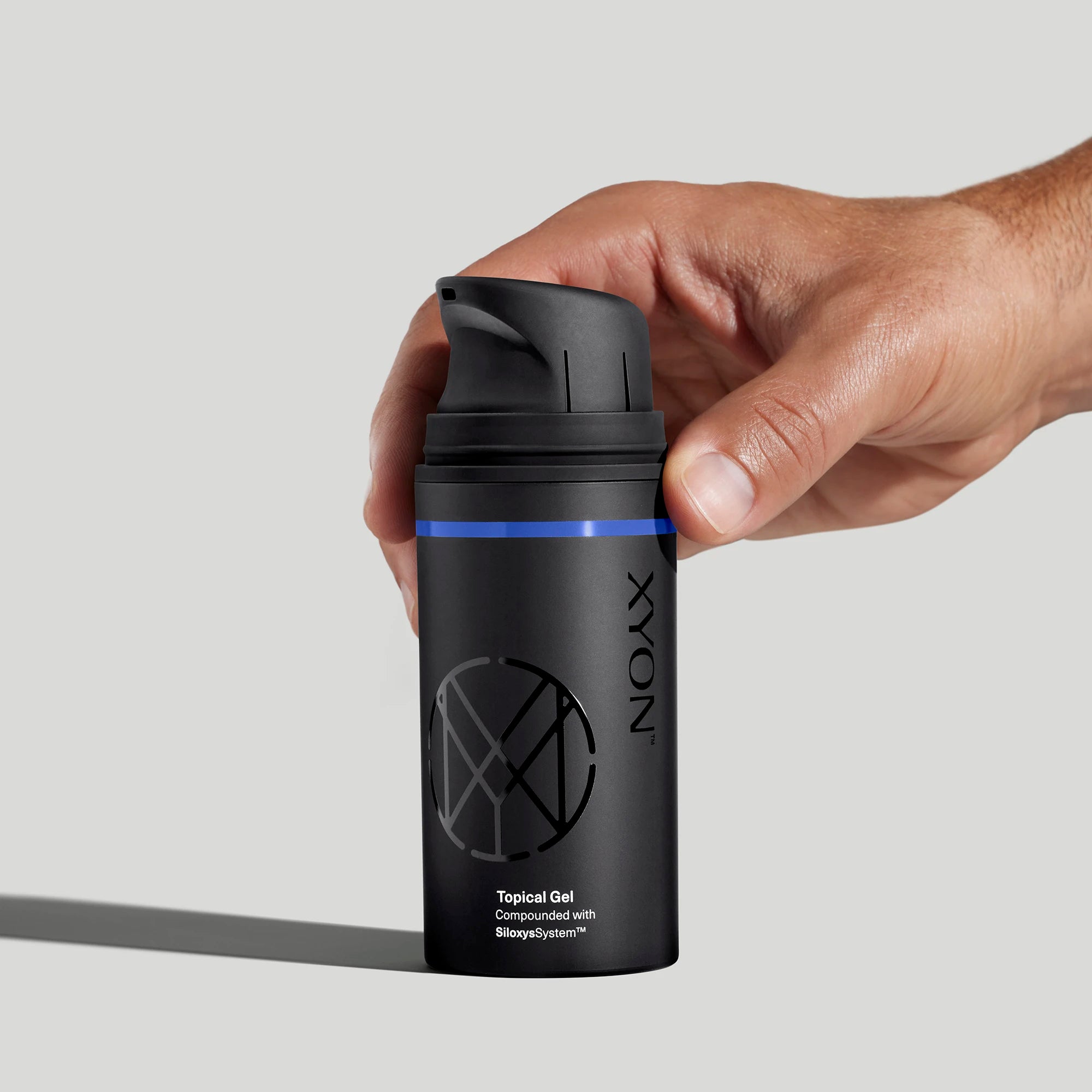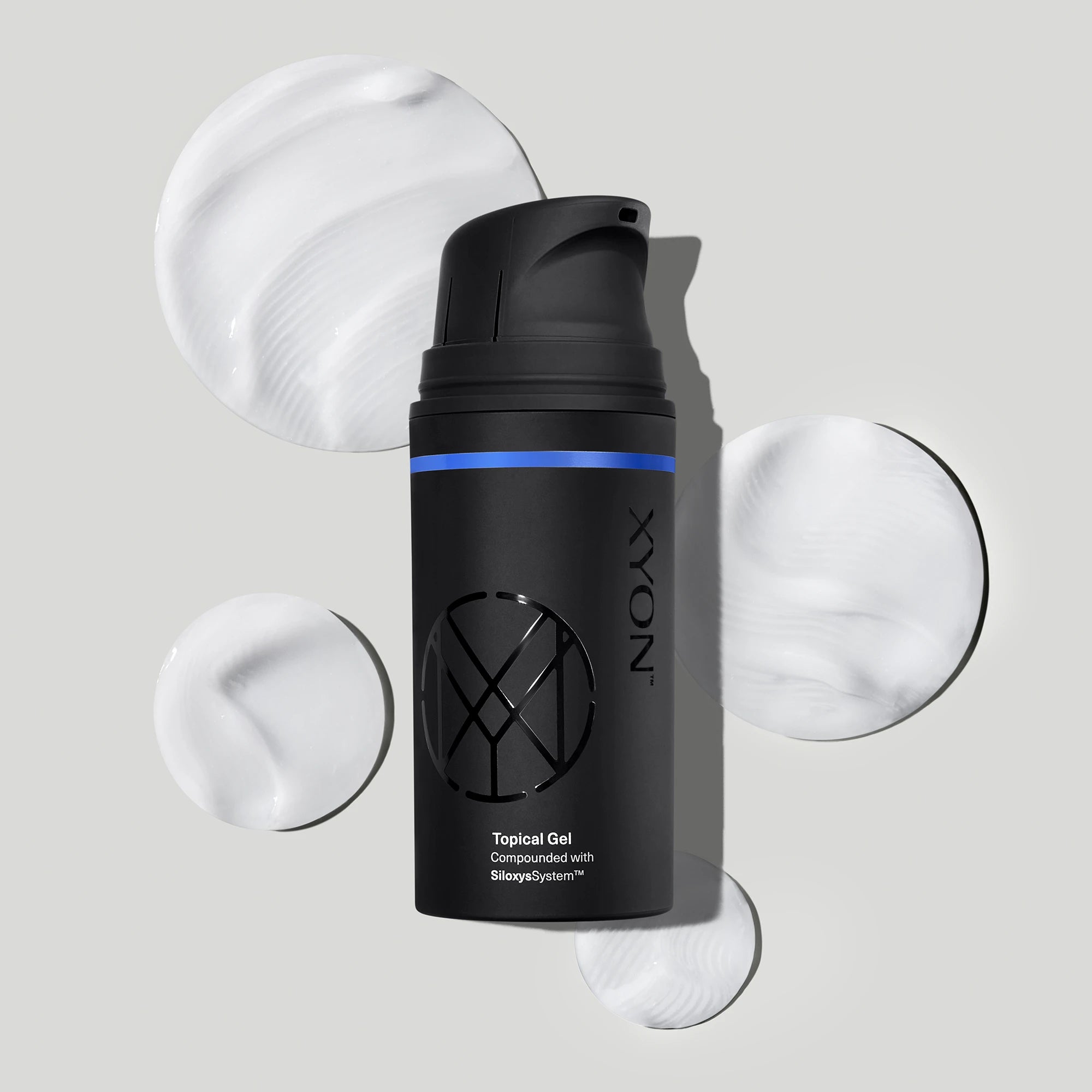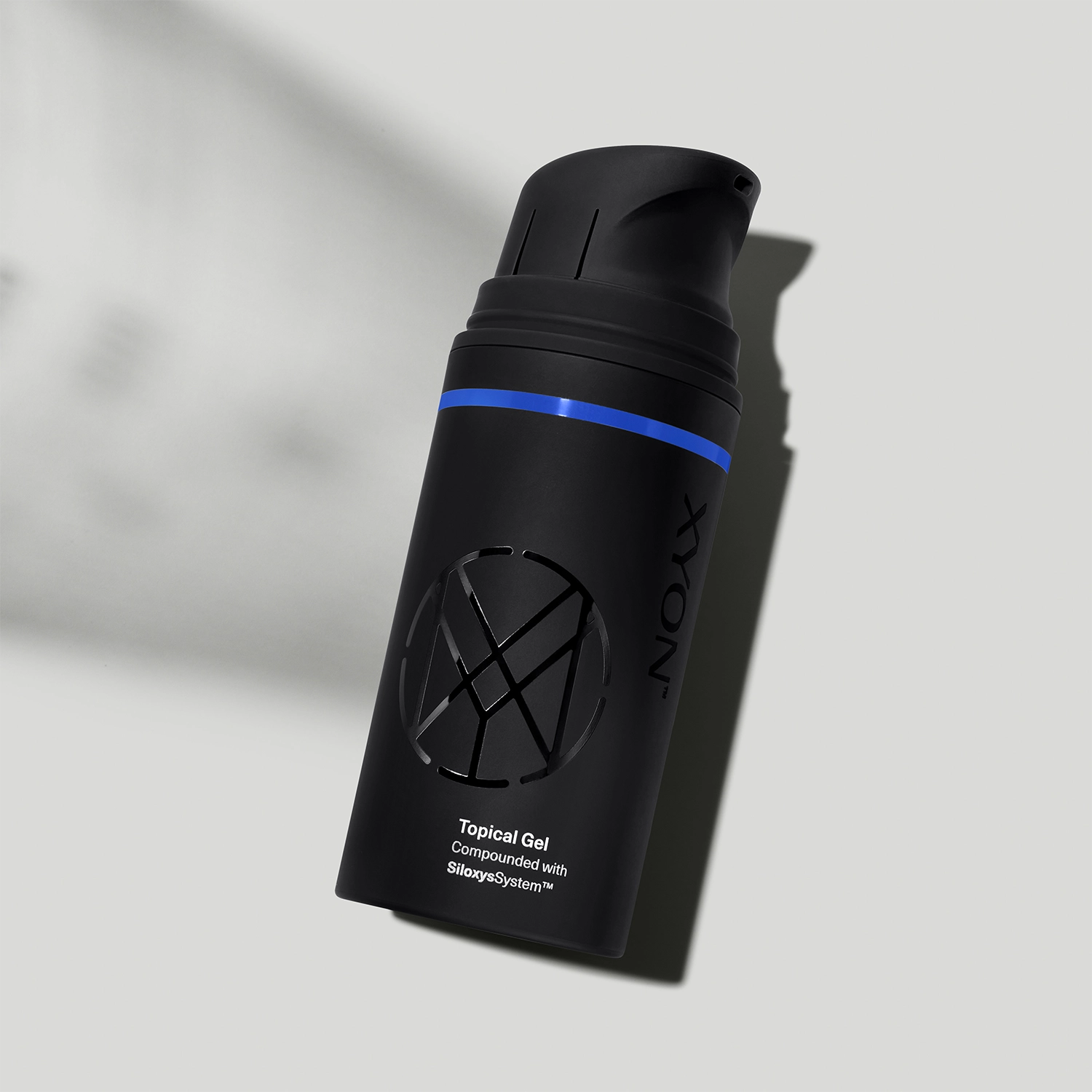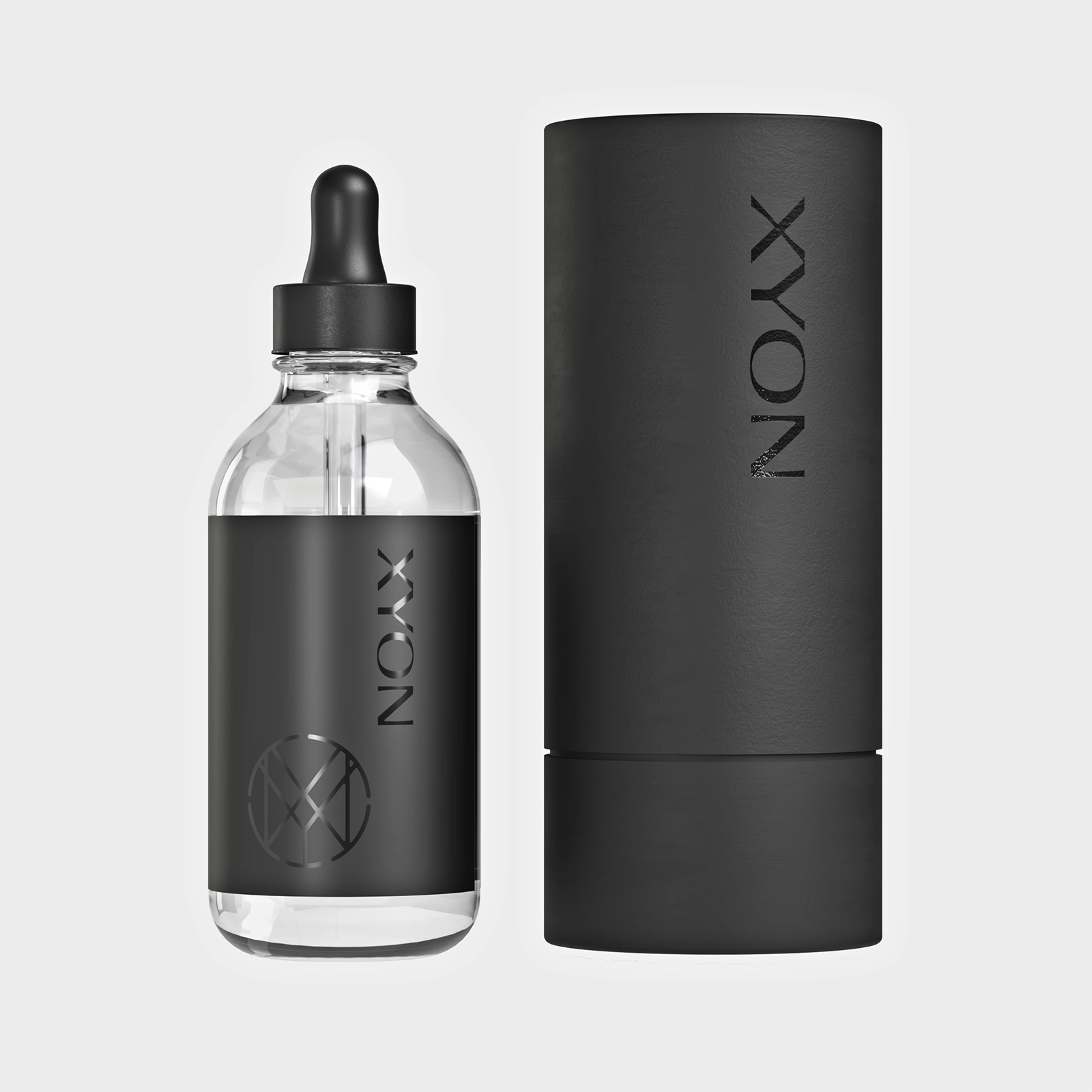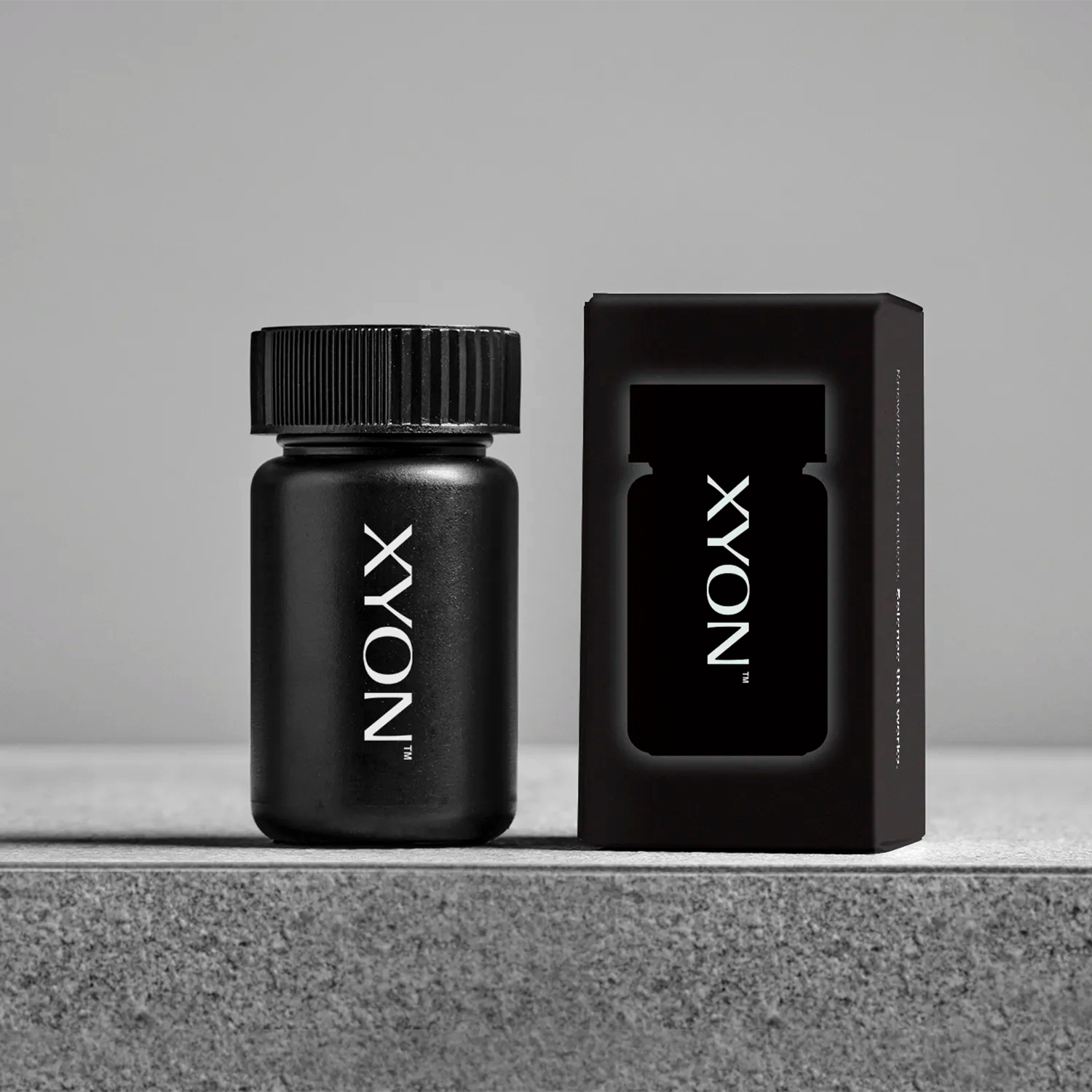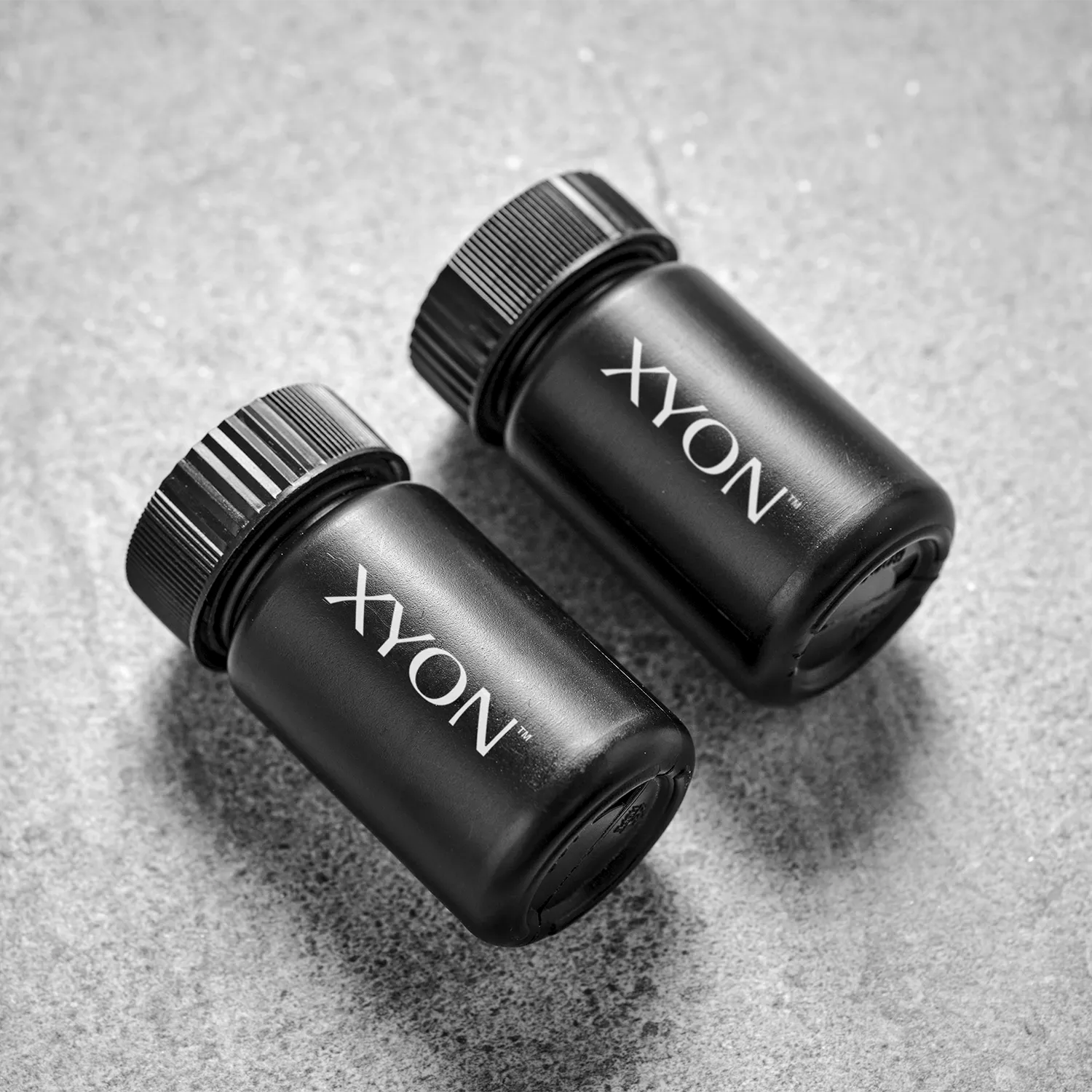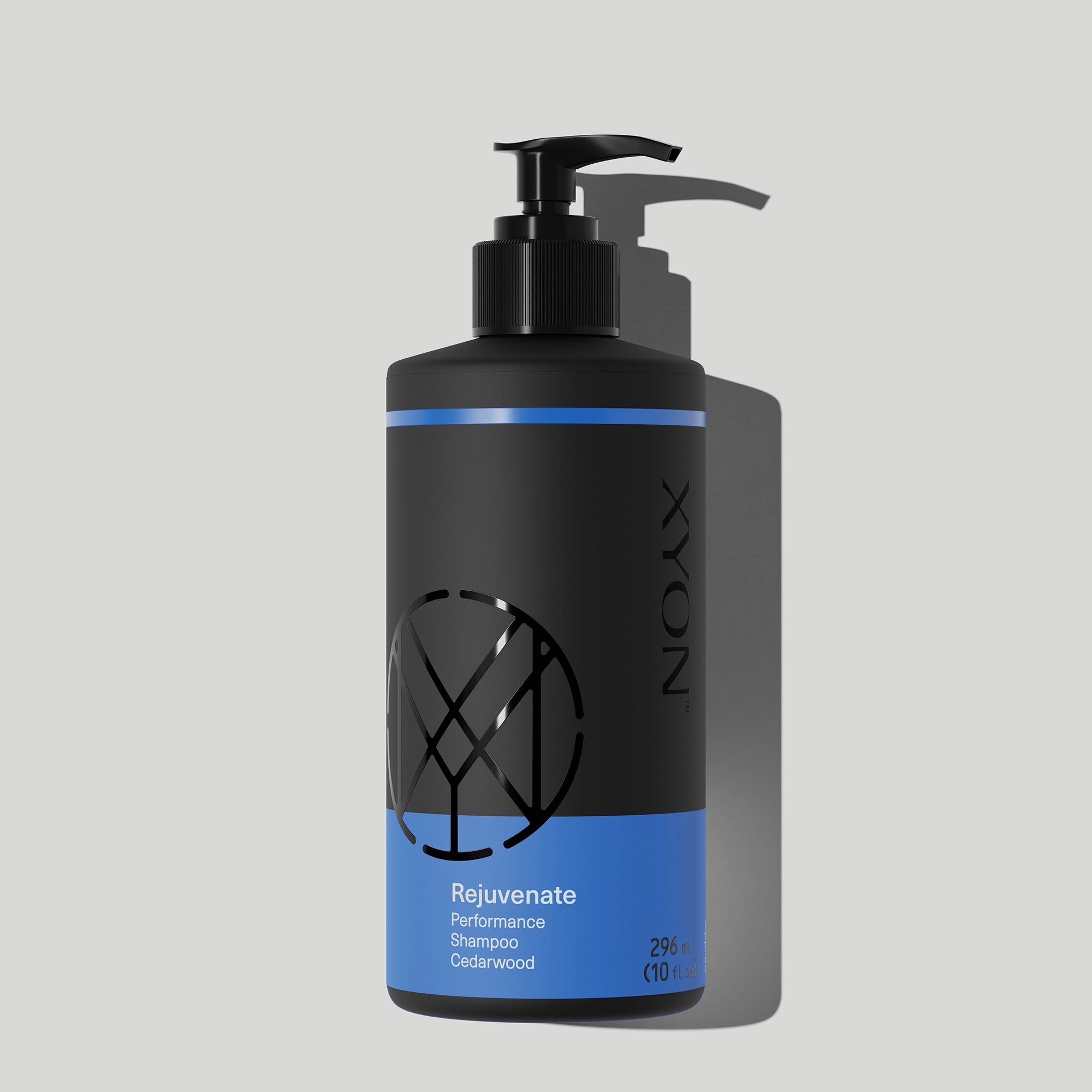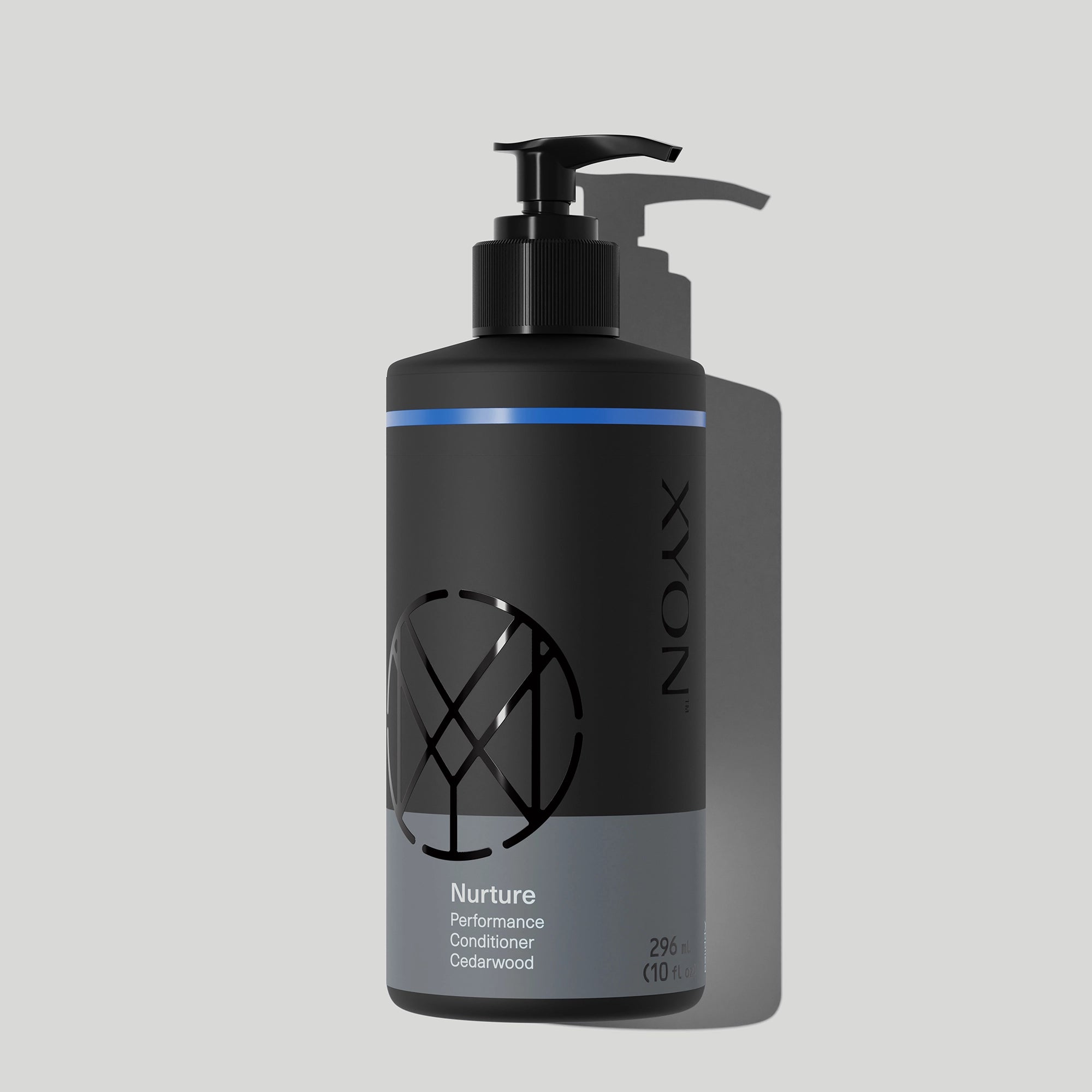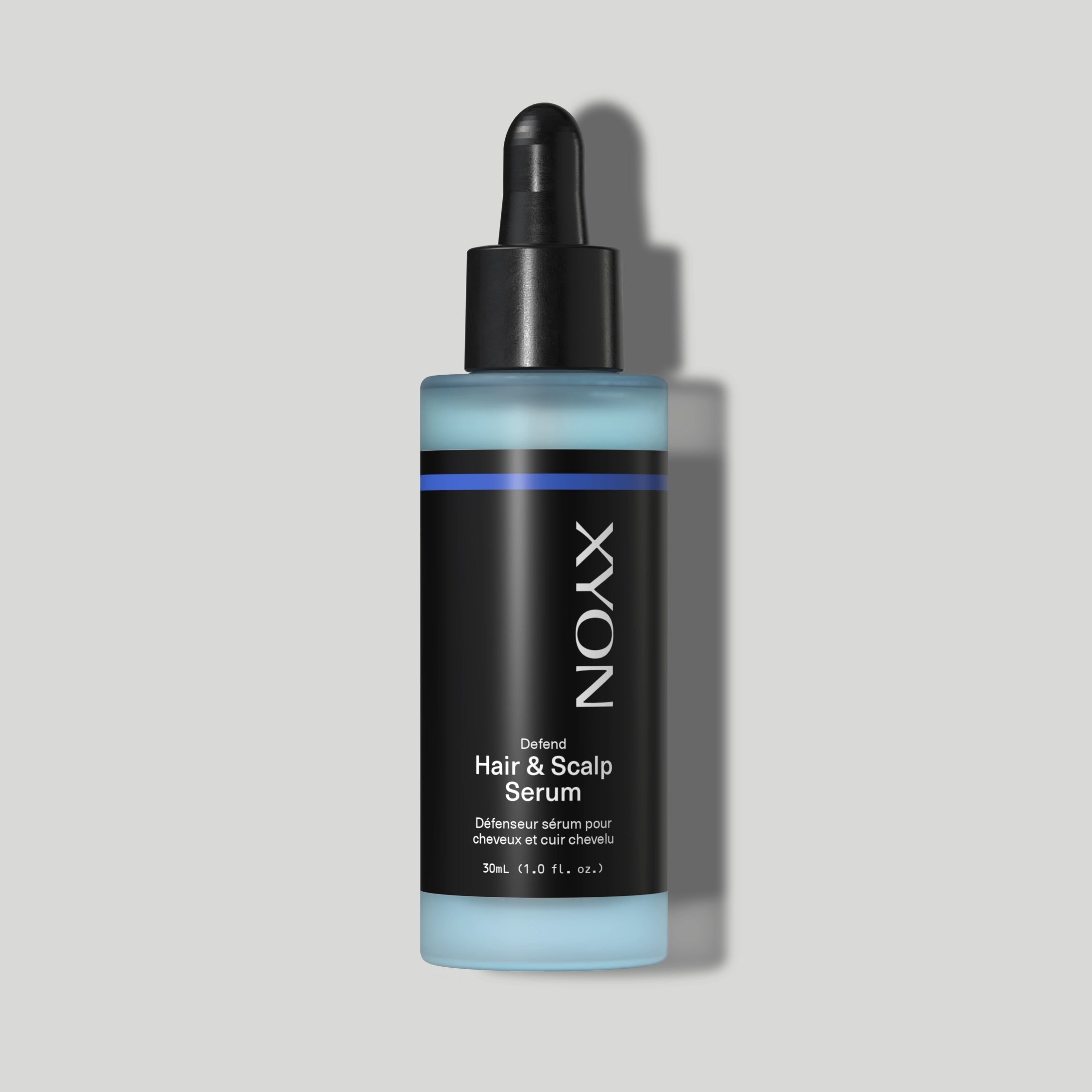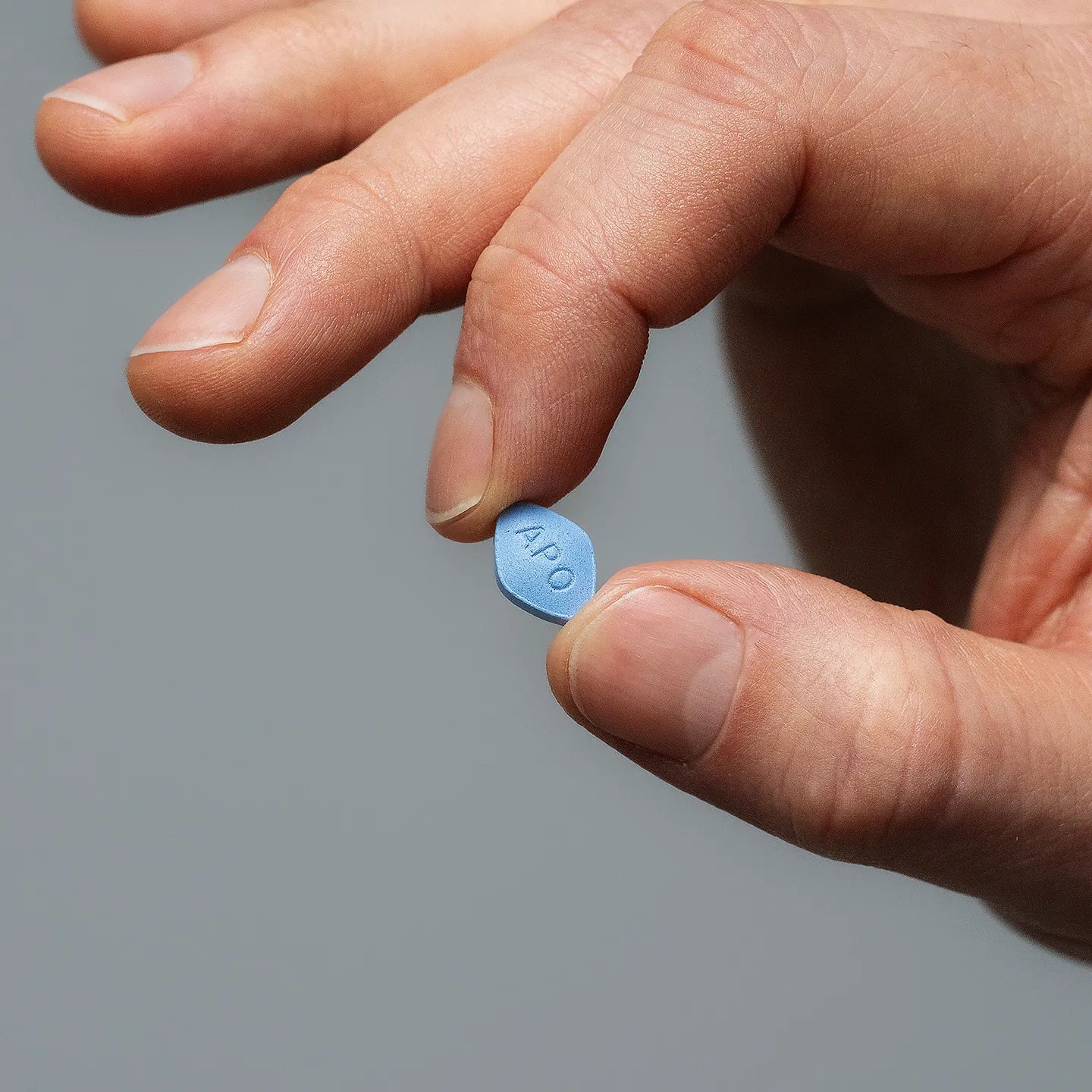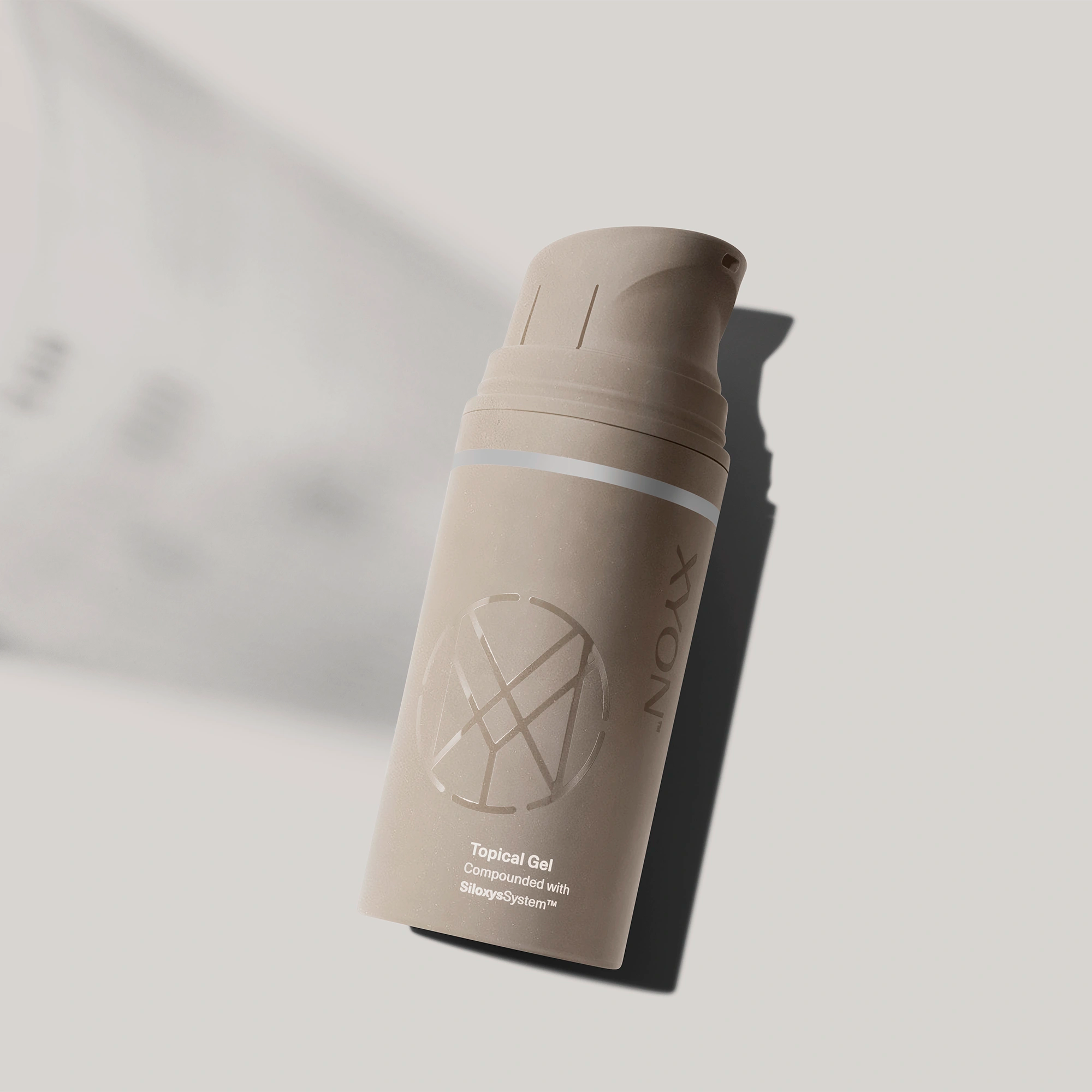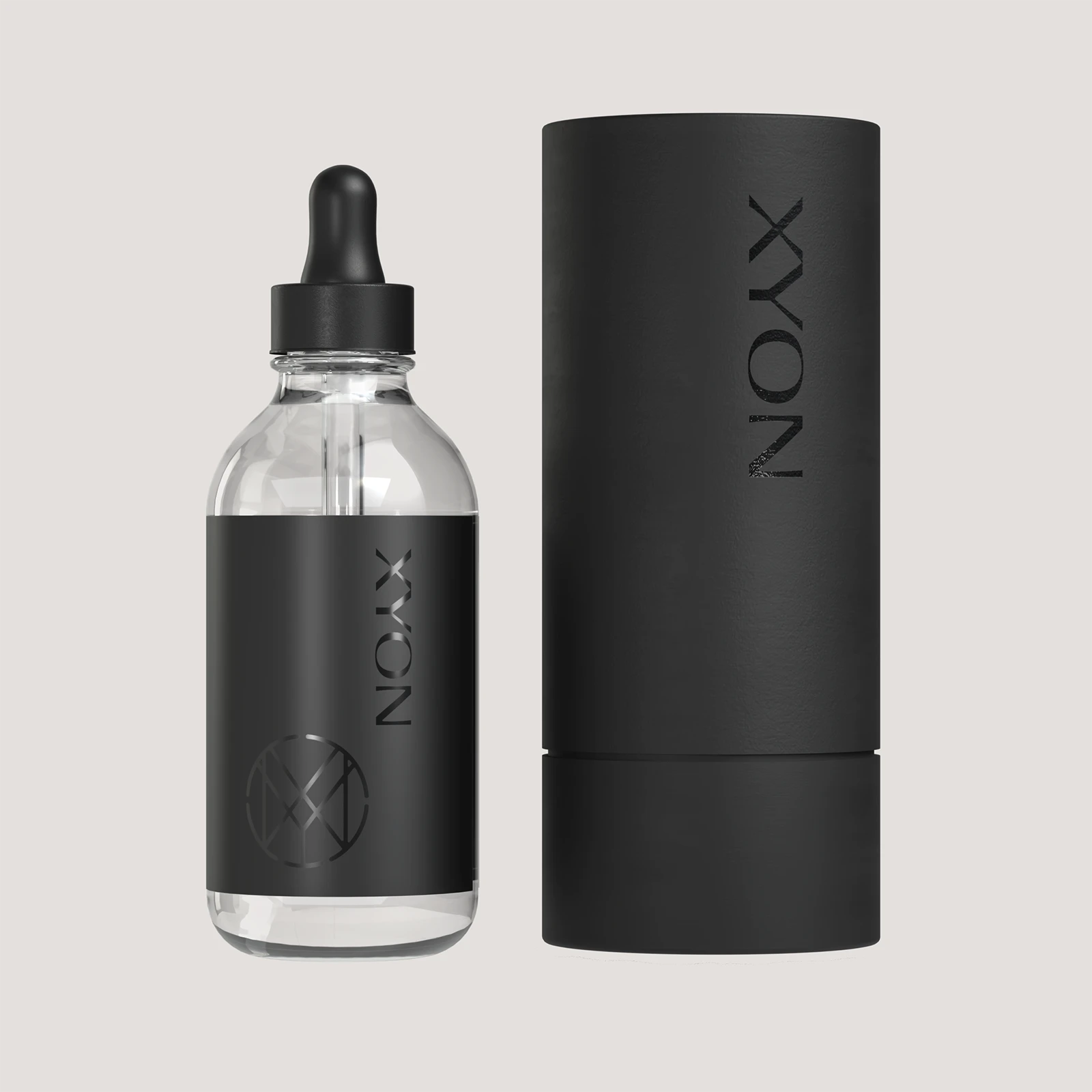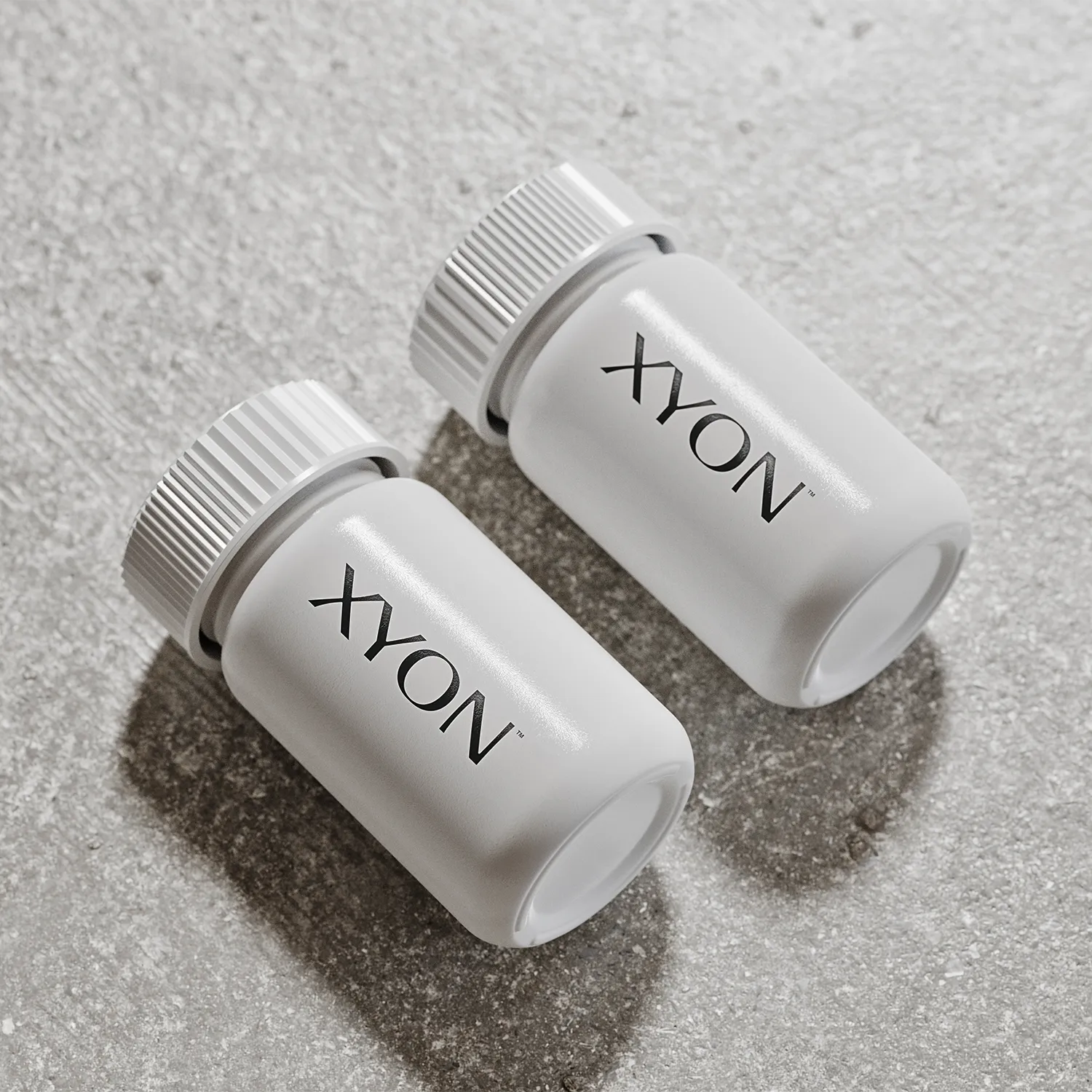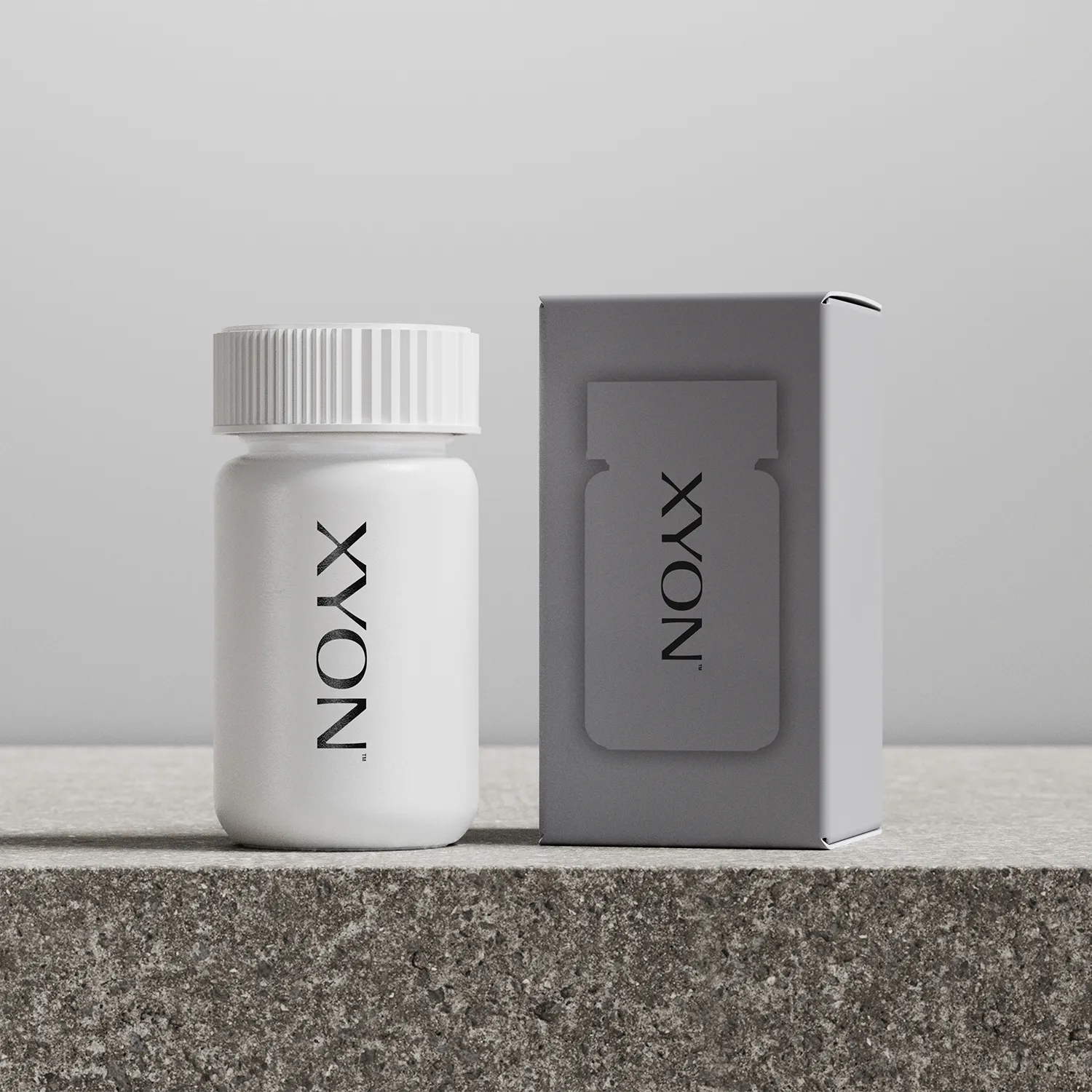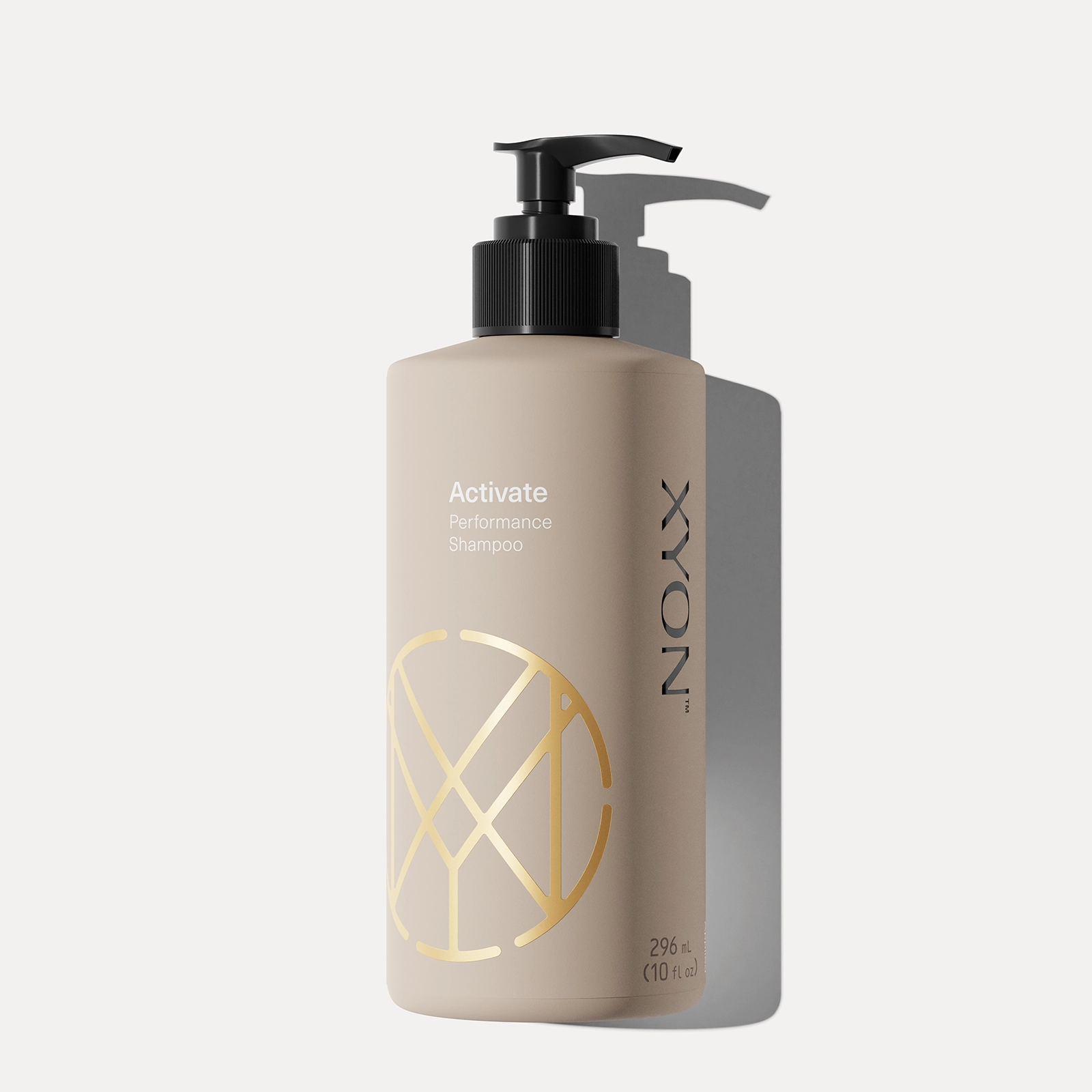Important Safety Information
Before you start using spironolactone and each time you get a refill, please review this important safety information. There may be new information. This information does not replace discussing your medical condition or treatment with your healthcare provider.
What is the FDA-approved use of spironolactone?
Spironolactone is FDA-approved as an oral medication to treat hypertension (high blood pressure), heart failure, certain types of edema (fluid retention) and primary hyperaldosteronism.
Spironolactone has not been FDA-approved for the treatment of polycystic ovarian syndrome (PCOS) or female pattern hair loss but is commonly prescribed off-label to treat these conditions.
What should I tell my healthcare provider before taking spironolactone?
Let your doctor know if you have any of the following conditions before you begin taking spironolactone:
Addison's disease (e.g., adrenal problem)
Kidney disease
Electrolyte or fluid imbalances (e.g., hyperkalemia)
Liver disease
You are pregnant or trying to get pregnant
You are breastfeeding
You are taking another blood pressure medication, such as eplerenone
Who should not take spironolactone?
Do not take spironolactone if you:
Have ever had an allergic reaction to spironolactone
Have a history of liver disease or dysfunction
Have a history of kidney disease or dysfunction
Spironolactone should not be used by women who are pregnant or may be pregnant
Spironolactone should not be used by women who are breastfeeding
Spironolactone should not be used by infants or children
Please be aware that withholding or providing inaccurate information about your health and medical history in order to obtain treatment may result in harm, including, in some cases, death.
What warnings and precautions should I be aware of before starting spironolactone?
Pregnancy and Breastfeeding: Spironolactone is a pregnancy category C medication. This medication has been found to cause birth defects in animal studies, but there have been no adequate and well-controlled human studies to ascertain risk. As it stands, the potential benefits of using spironolactone may outweigh the potential risk in pregnant women. Patients are encouraged to talk to their doctors and take precautions as necessary. Spironolactone is also known to pass through breastmilk, though its impact on infant health is unclear.
Hyperkalemia (High Blood Potassium) Levels: Spironolactone may cause hyperkalemia. Signs of hyperkalemia include confusion, difficulty breathing or irregular heartbeat, nausea and vomiting. Please consult your doctor immediately if you experience any of these symptoms.
Electrolyte Imbalance: Because spironolactone affects fluid retention, this medication may cause electrolyte imbalances. Examples of electrolytes include sodium and calcium. This medication may also cause changes in blood sugar levels. Please contact your doctor if you become ill while taking this medication (e.g., severe nausea, vomiting, diarrhea) or engage in exercise that involves heavy sweating, as there is a risk that you may lose too many electrolytes and your blood pressure may become too low.
Drug Interactions
The following is a list of medications that may interact with spironolactone:
Diuretics (water pills)
Potassium supplements
Blood pressure medications (e.g. ACE inhibitors)
Aspirin
Digoxin (used to treat some heart conditions)
Certain antibiotics
This is not a complete list of medications that may interact with spironolactone. Please let your doctor know about any other medications or supplements you may be taking.
Side Effects
Serious side effects from spironolactone when taken as directed are uncommon. A systematic meta-analysis and review of the safety of spironolactone for the off-label treatment of pattern hair loss can be found here (https://www.ncbi.nlm.nih.gov/pmc/articles/PMC10502763/). The following adverse effects have been reported with spironolactone use:
High blood potassium levels
Low blood pressure
Electrolyte imbalances
Leg cramps
Gynecomastia (breast swelling) or breast tenderness/pain
Menstrual irregularities
Lethargy and drowsiness
Dizziness and/or headache
Confusion, lack of coordination
Loss of libido
Feminization (in male patients)
The above list does not represent all potential side effects, medication interactions or study data relating to the safety of minoxidil. Unreported or unexpected side effects might exist. It is important to talk to your doctor, healthcare provider and/or pharmacist if you are experiencing any side effects.
Tell your healthcare provider if you have any side effect that bothers you or that does not go away. These are not all the possible side effects of spironolactone. For more information, ask your healthcare provider or pharmacist.
If you are experiencing a medical emergency, call 911 or seek immediate medical attention.
You are encouraged to report negative side effects of prescription products to the FDA. Visit www.fda.gov/medwatch or call 1-800-FDA-1088.
Additional information can be found in the Prescriber’s Digital Reference (PDR) for spironolactone: https://www.pdr.net/drug-summary/?drugLabelId=978














